Greater Kota Kinabalu refers to the urbanised areas surrounding the city of Kota Kinabalu which is fondly known as KK. The contiguous built-up urban agglomeration around Kota Kinabalu goes beyond the city boundary on the south side and into the districts of Penampang and Putatan, and to a lesser but growing extent into the districts of Papar (38 km t o the south) and Tuaran (34 km to the north).
The term Greater KK is normally used by the state and federal government in relation to social and economic development planning and strategy such as the Sabah Integrated Coastal Zone Management, Sabah Economic Development and Investment Authority, Sabah Town and Regional Planning Department. Greater KK is also referred to as Kota Kinabalu Urban Area, Conurbation of Kota Kinabalu or Kota Kinabalu Metropolitan Area.
Kota Kinabalu is the main business hub in Sabah providing higher order services with an international airport and a dedicated container port, making it one of the fastest growing cities in Malaysia. Promoted activities under Greater KK encompass investments in the services, tourism and transportation sectors, focusing on education and training, health and wellness tourism, the creative and leisure industry, waste management, real estate, hotels and resorts, integrated waterfronts, and Meetings, Incentives, Conventions and Exhibitions (MICE).
GROWING POPULATION
Based on historical growth rates of 2.42% and data from the Malaysian Department of Statistics, it is estimated that the population of Kota Kinabalu alone will reach nearly one million by 2020.
Prime areas that are located within five kilometre of the city centre are very limited and a lot of these areas have to be redeveloped and upgraded as high density residential zones or mixed used zone. To fulfil the housing requirement and demand, the Kota Kinabalu City Hall (DBKK) wants to increase the population within the prime area.
In 2013, the Sabah Housing and Real Estate Development Association (SHAREDA) concluded that due to the increasing cost of land, most landed property developments in Kota Kinabalu are moving out to suburban areas beyond 15km from the KK city centre. Many landed residential were developed in areas such as Kinarut, Tuaran, Pulutan Menggatal and Jalan Sulaman.
ON THE RISE
By year 2030, DBKK aims to have 100,000 new residential properties to cope with the expected increase of population, plus replace transition houses or squatters and houses that are dilapidated and not fit for living.
According to assistant director of the City Planning Department Stanley Chong, DBKK wants to encourage mixed used developments to help reduce the movement of traffic. They have identified areas such as Menggatal and Tepilok that is considered adequate in size for such developments. High rise developments are also going to be increasing and the biggest challenge will be to ensure that the infrastructures such as the roads, sewerage system, plus water and electricity supply are improved.
Hwang DBS Vickers Research noted that there is strength seen in KK with new condo launches hitting RM600 to RM900 per sq ft and some breaching the RM1,000 per sq ft mark. The research house which conducted a site visit there noted that the peak pricing in the secondary market was RM1,400- RM1,800 per sq ft.
Launches in Greater KK also saw healthy take-ups, for example the Lido Four Seasons Residences in Penampang (leasehold; 90% take-up; average selling prices (ASP): RM360per sq ft), Taman Rimba phase 2 terrace houses in Bandar Sierra, Menggatal (56% at RM400,000 per unit), and Loft C at KK Times Square phase 2 in town (50% with ASP at RM900 per sq ft).
The research firm also noted that there was a new trend where condos were becoming more popular with their variety of facilities and because they were more affordable than landed properties which had appreciated significantly in the secondary market.
INFLUX OF FOREIGN INTEREST
Sabah is currently facing rapid economic development, and this will make it an exciting and vibrant place for foreigners. The state has Kota Kinabalu International Airport, which is the second busiest airport in Malaysia.
Tourist arrivals have been increasing each year to the point they almost doubled every four years. There is a young and growing population that is largely multilingual and fluent in English. Coupled with the multicultural diversity and hospitable nature of the locals, foreign investors will find Greater KK to be a very business-friendly environment.
DEVELOPING COMMERCIALLY
In 2013, Kota Kinabalu experienced a momentous growth in retail malls with new launches coupled with ongoing developments in the suburban areas such as the Tuaran By-pass, Menggatal and Penampang.
The mall culture gradually flourished with the intensifying number of upcoming complexes and it is expected that the market would experience a substantial increase in retail space supply and also stronger competition in the retail sector when all these developments are completed.
The commercial and retail scene progressively moved towards the suburban areas with their captive catchment market along main roads due to the intense competition in the city centre. For instance,Grand Merdeka Mall in Menggatal is offering prices at RM136,000 per unit and retail units in suburban areas can fetch up to RM520 to RM1,00 per sq ft. A total of nine commercial property developments were launched in 2013 consisting of two to three-story shop offices. The selling price ranges from RM300 to RM500 per sq ft.
THE KOTA KINABALU INDUSTRIAL PARK
(KKIP) is also poised to be a regional distribution hub with the Asia Pacific Regional Distribution Centre. KKIP has to date attracted more than RM2.528 billion in investment value in various industry clusters, mainly from small and medium industries (SMIs).
KKIP Sdn Bhd had developed 1,577 acres of the 4,005 acres of land gazetted to it. About 795 acres are currently in progress of being developed. That shows that almost 60% of the gazetted land area is under progress. The remaining 1,017 acres of land are reserved for future development. There are 260 entities currently in operation in KKIP, comprising 223 industrial clusters, 15 research and development and institutions, and 22 commercial entities.
IMPROVED INFRASTRUCTURE
The Sabah government has been urged to focus on a monorail rather than the recently mooted tram public transport system for the city whose roads are rapidly reaching a state of gridlock. According to estimates, some 20,000 new vehicles are joining the traffic in the city every year and a more efficient public transport system than the current bus transport system in place is needed to reduce traffic.
According to STAR Sabah chief Jeffrey Kitingan, "A monorail public transport system is a proven system. If not, there is no reason for the federal government to invest RM36 billion to build the Greater Klang Valley Monorail Transit System.â€
He proposed that the monorail system can link the Kota Kinabalu city centre to the various important centres bordering it such as Karambunai, Sepanggar, Donggongon, Putatan and others. The construction of such a monorail transportation system is guaranteed to boost the local economy, he said.
FUTURE TRANSFORMATION
The Economic Transformation Programme has provided a tremendous boost to the Sabah Development Corridor (SDC). The Entry Point Projects (EPP) identified to be implemented in SDC and Greater Kota Kinabalu will no doubt make an indelible impact on Sabah‘s economic performance and liveability, including in the real estate and property sector.
The projects, identified by the Corridors and Regional Cities Lab Programme, were launched in February 2012 to help align the regional economic corridors programmes with the government‘s ETP. These EPP with a target investment of RM77.5 billion by 2020, is expected to generate RM35.5 billion incremental gross national income and 140,000 jobs.
Among the real estate and property projects under the EPPs are: Kota Kinabalu City Waterfront Development, Karambunai Integrated Resort City (KIRC), International Technology and Commercial Centre (ITCC), Sabah International Convention Centre (SICC), Ming Garden Hotel, YTL Resort Pulau Gaya, Jesselton Waterfront project, Aeropod and C Park.
The total cumulative committed investment in SDC since its launching had been recorded at RM114 billion as of December 2012. SDC has attracted increasing amounts of new investments in the services, and especially tourism and the real estate and property sector.
SP Setia for example is developing the Aeropod project in Tanjung Aru, which is opposite the Kota Kinabalu International Airport while PJI Holdings Bhd is developing a designer suites and hotel in KK. They have secured two contracts for a commercial property project along Jalan Tun Fuad Stephens valued at RM209.09 million.
.jpeg)

_PH_Banner_(Desktop)(1200x180px).png)
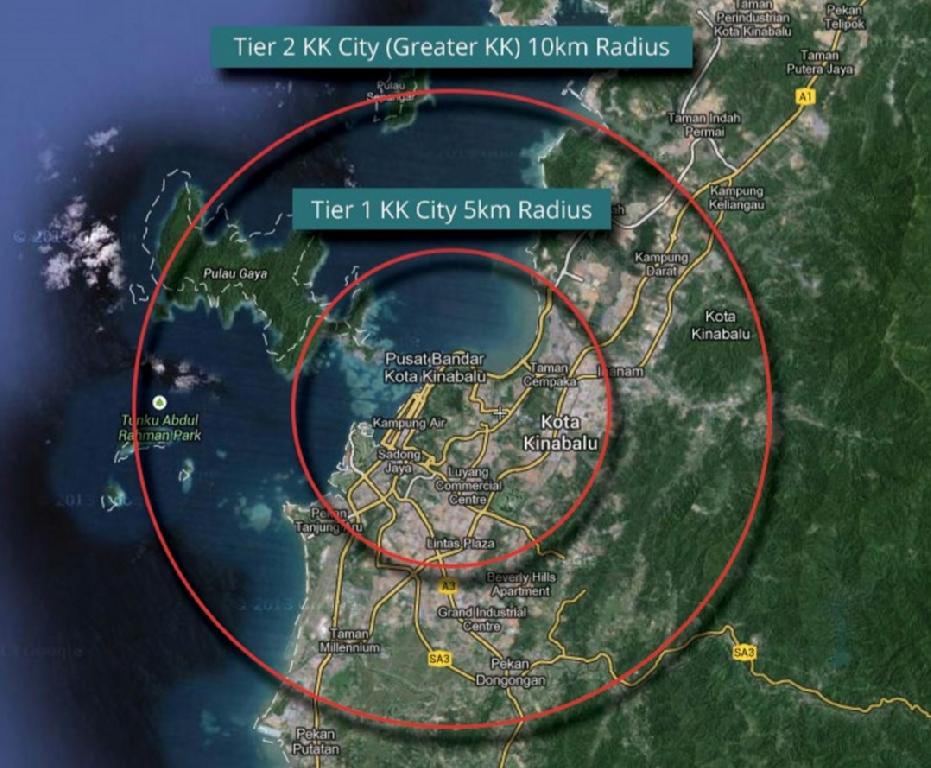
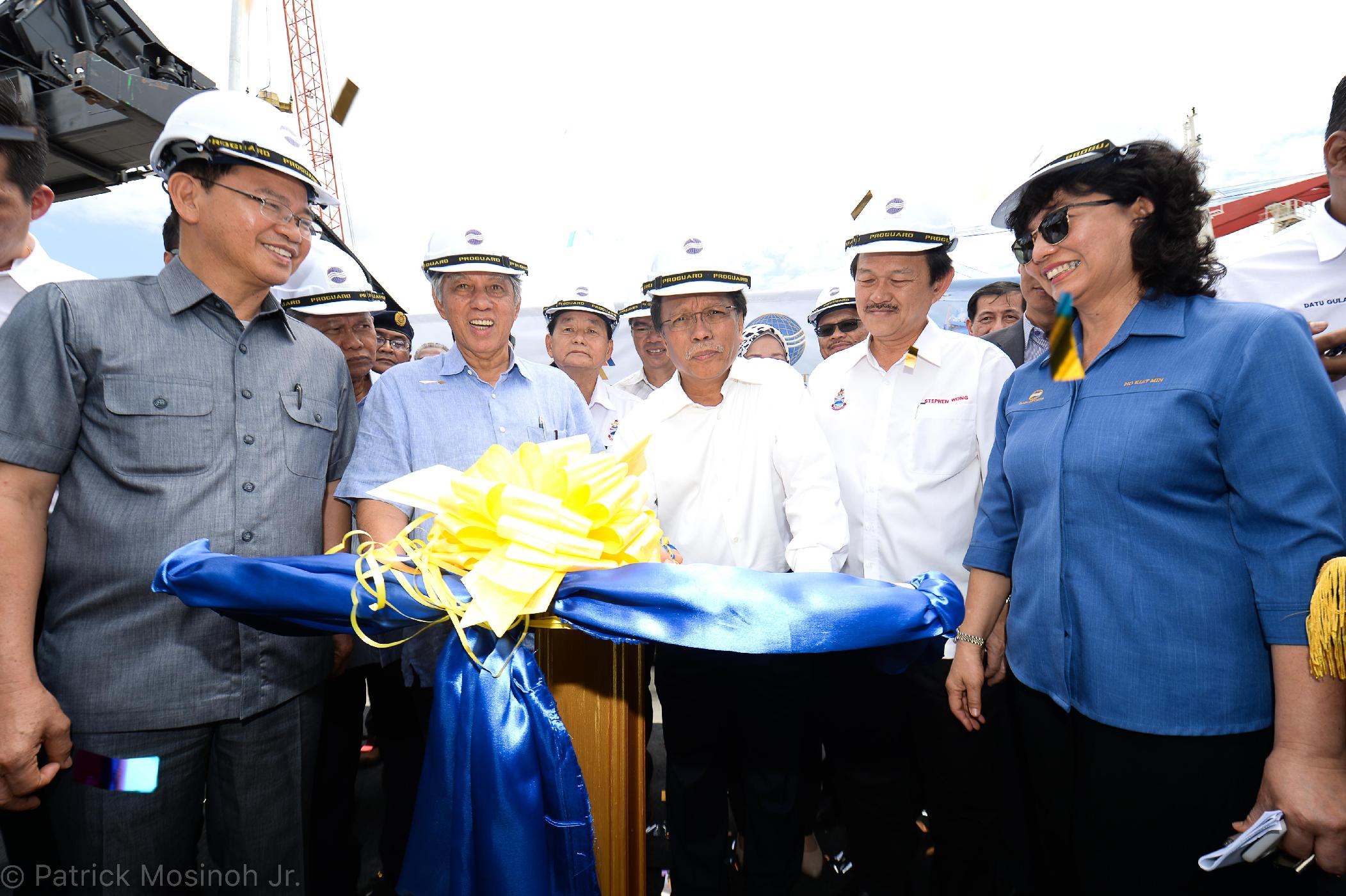
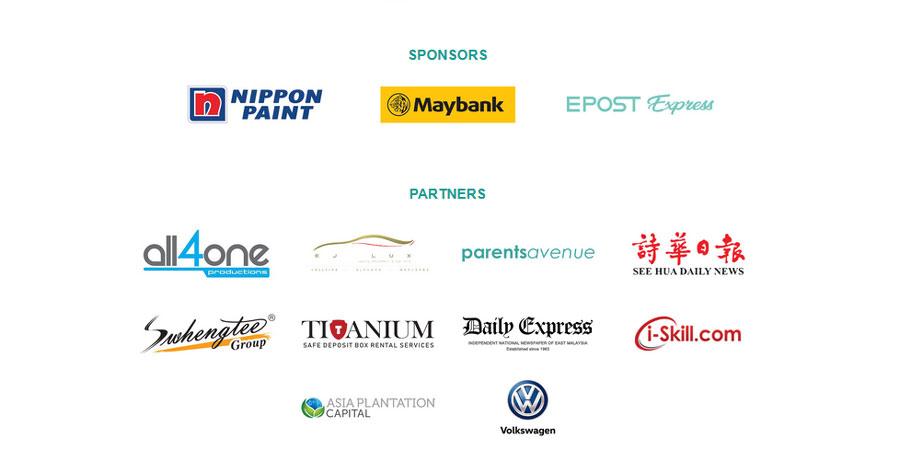
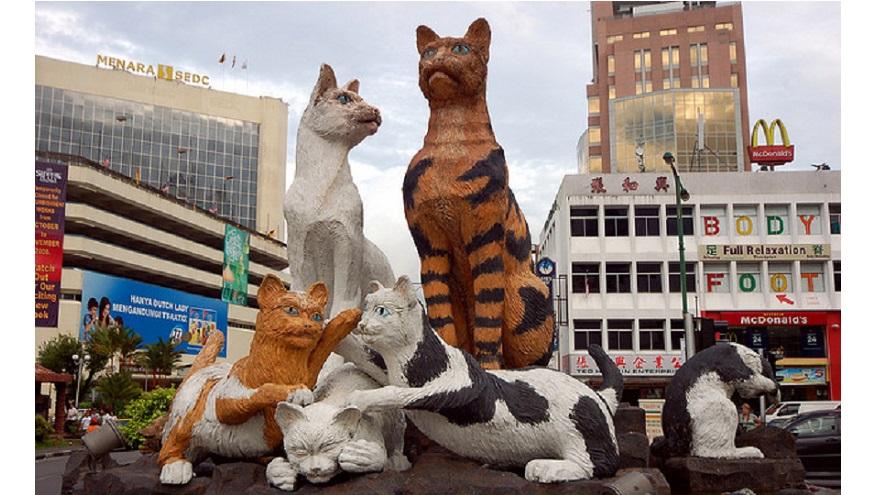
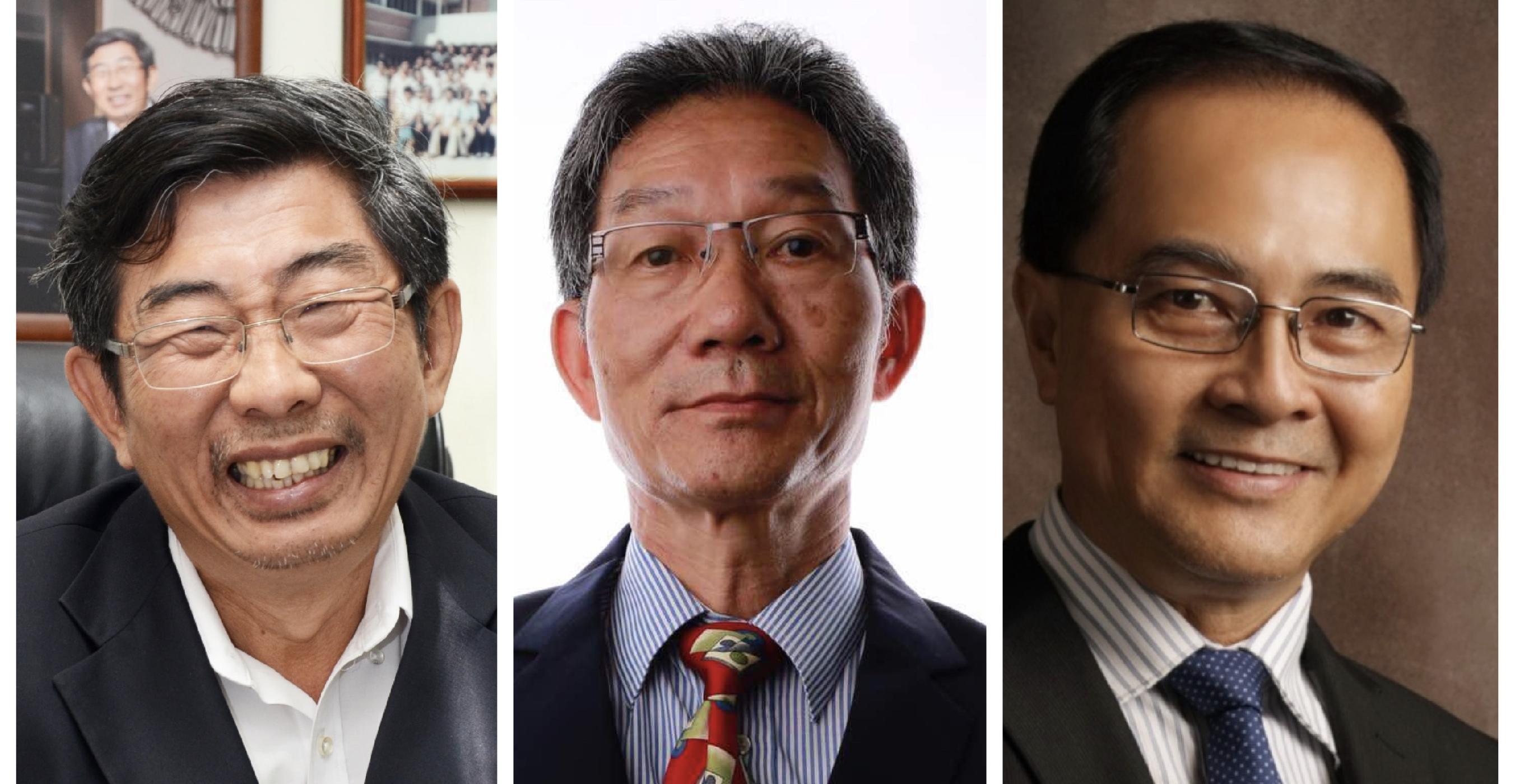
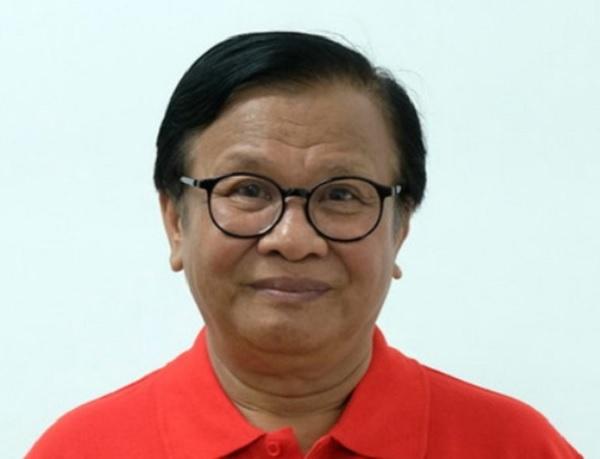
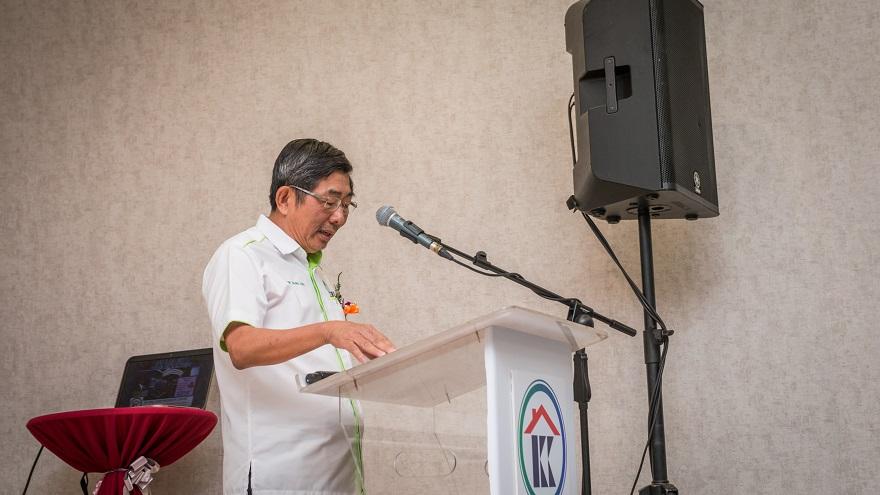

.jpeg)

